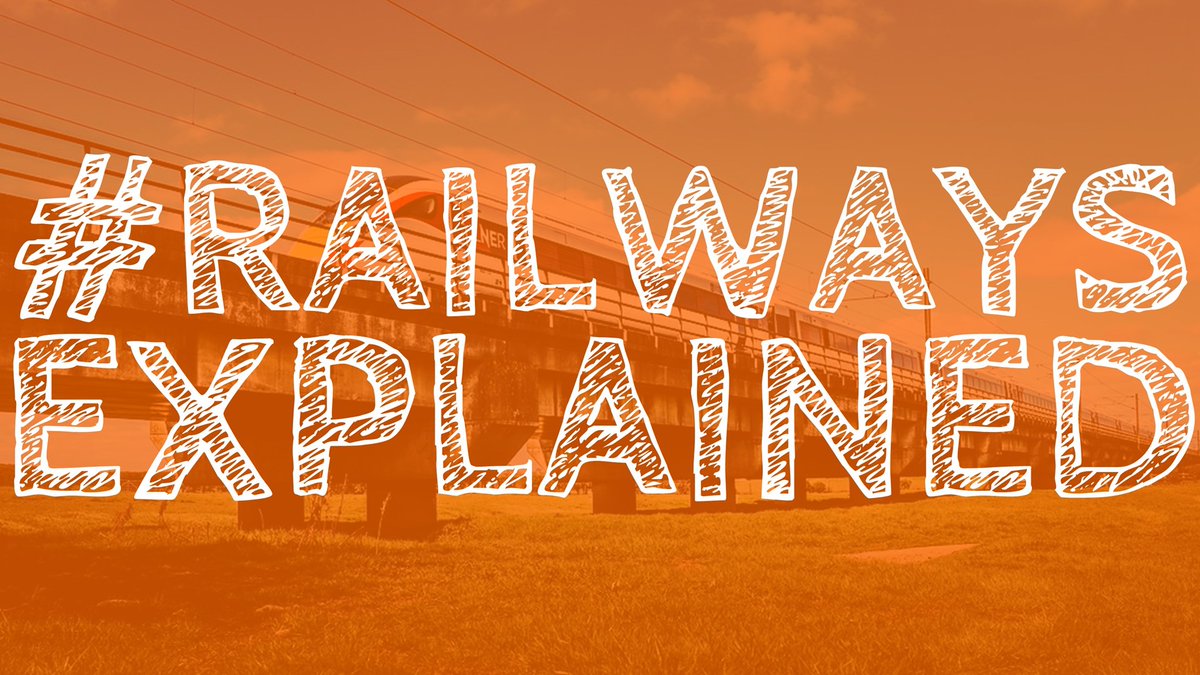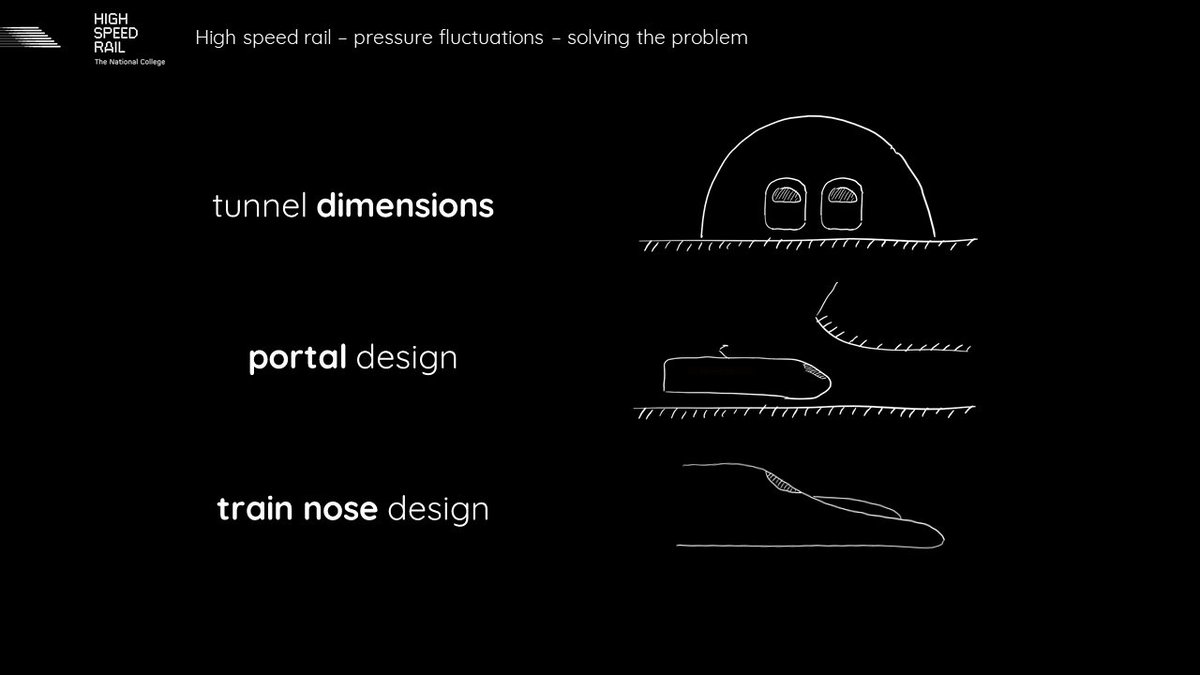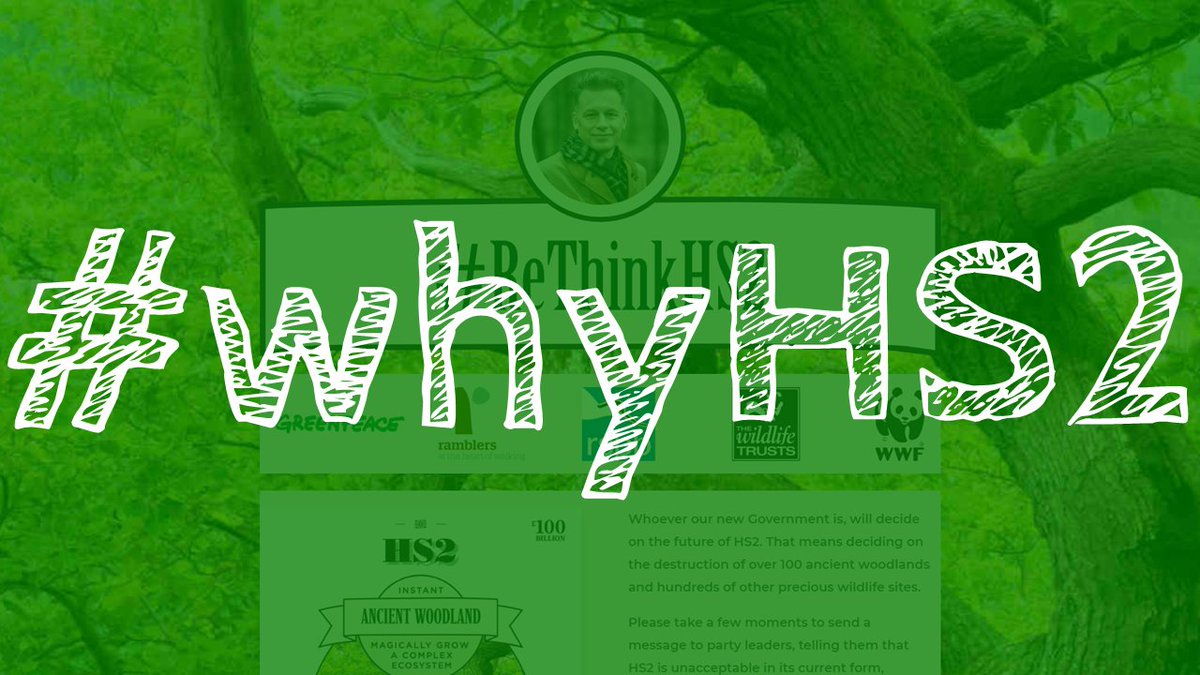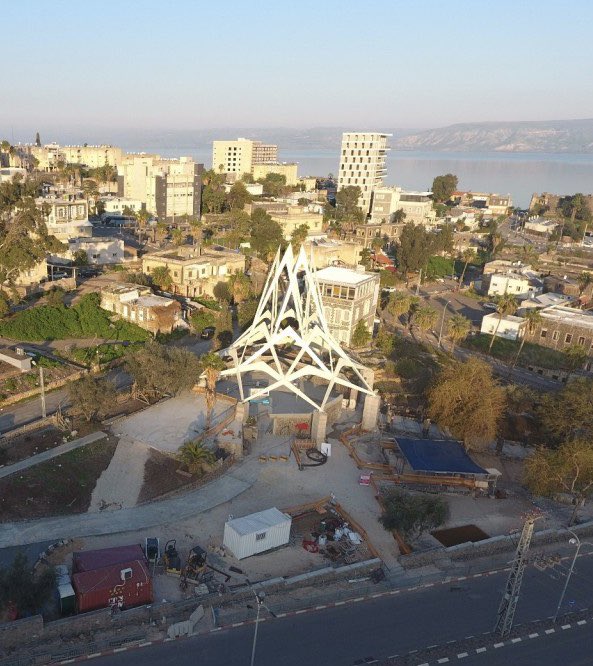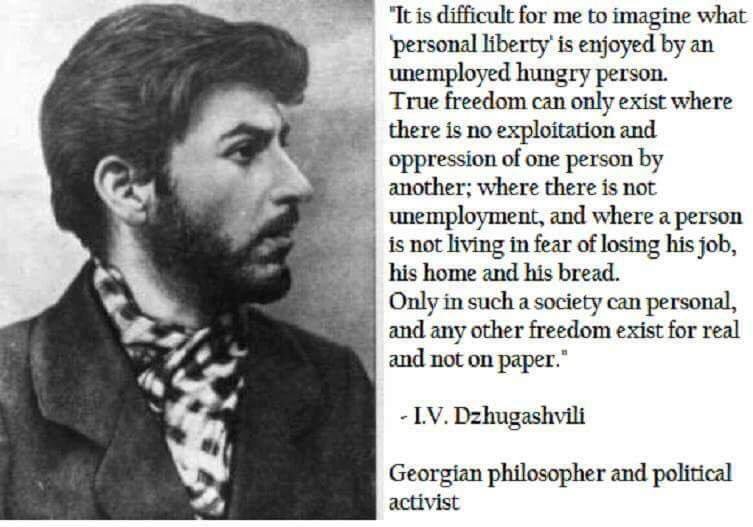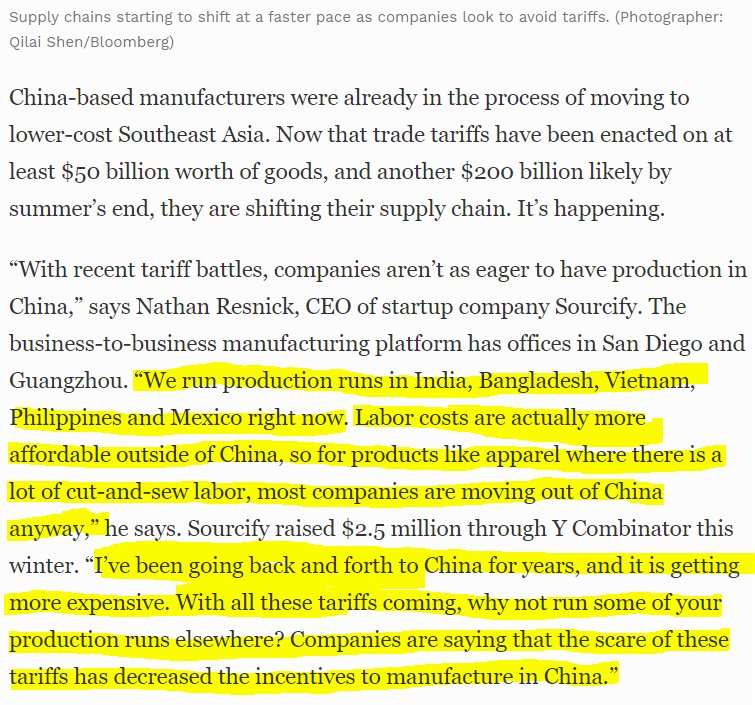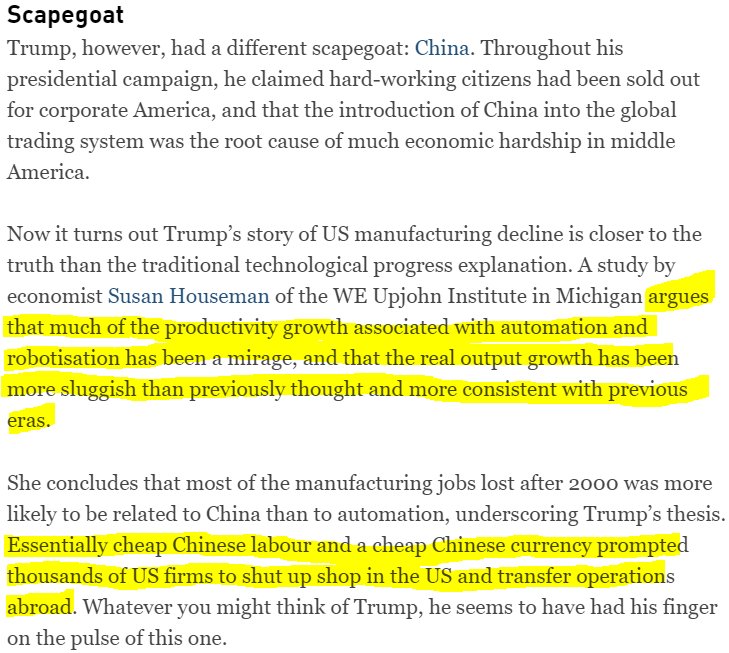Time for a #RailwaysExplained thread on the SELBY DIVERSION 🚆
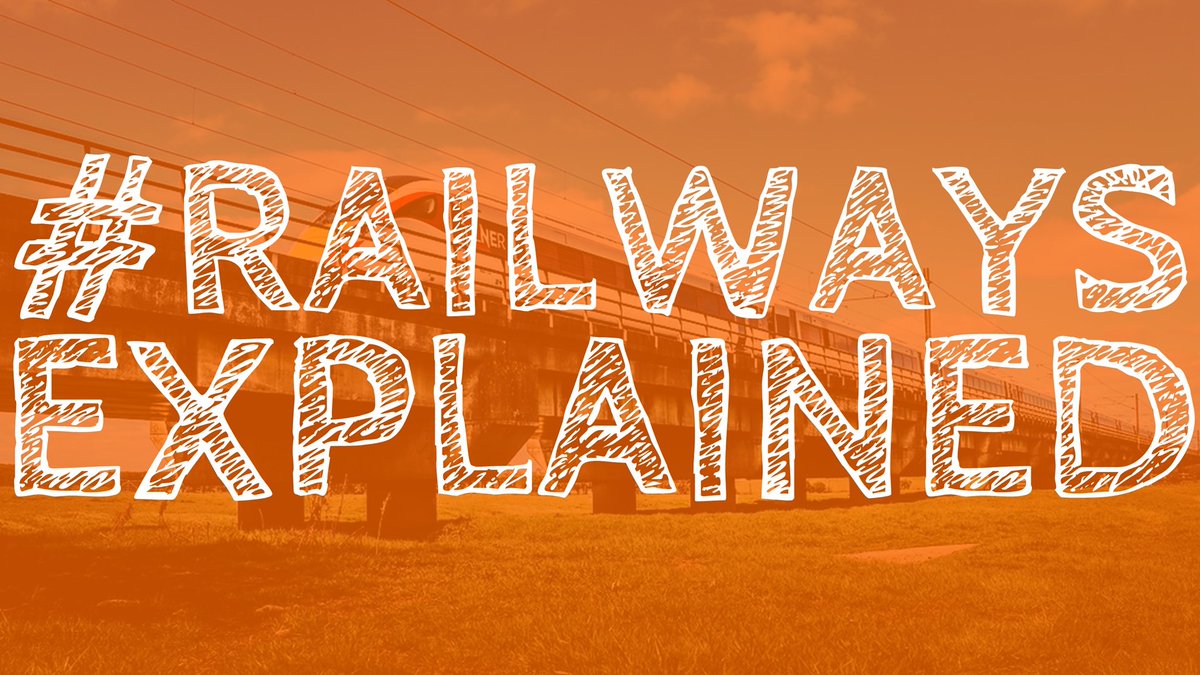
It was determined that this would reduce mine output from 10m to 7m tonnes per year, which the NCB deemed as unacceptable (it would have cost them £500m/year+ in 1975 prices).
The ECML would be diverted around the Selby coalfield.
#RailwaysExplained
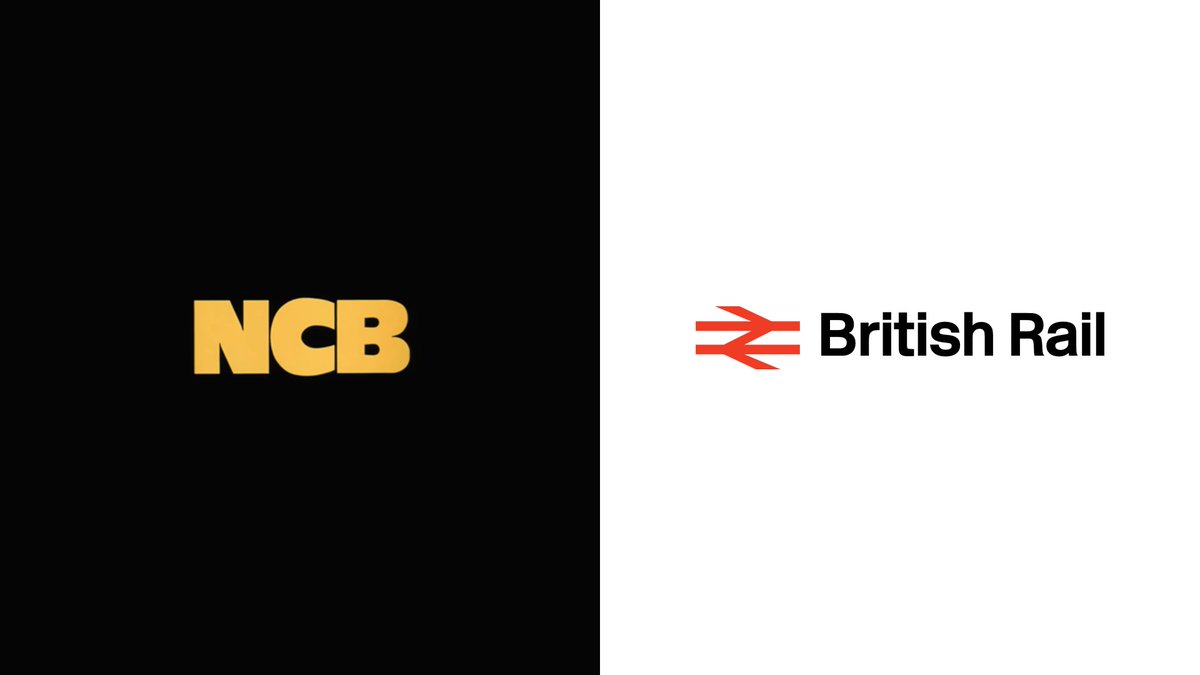
Read more about MOSS here: communities.bentley.com/products/road_…
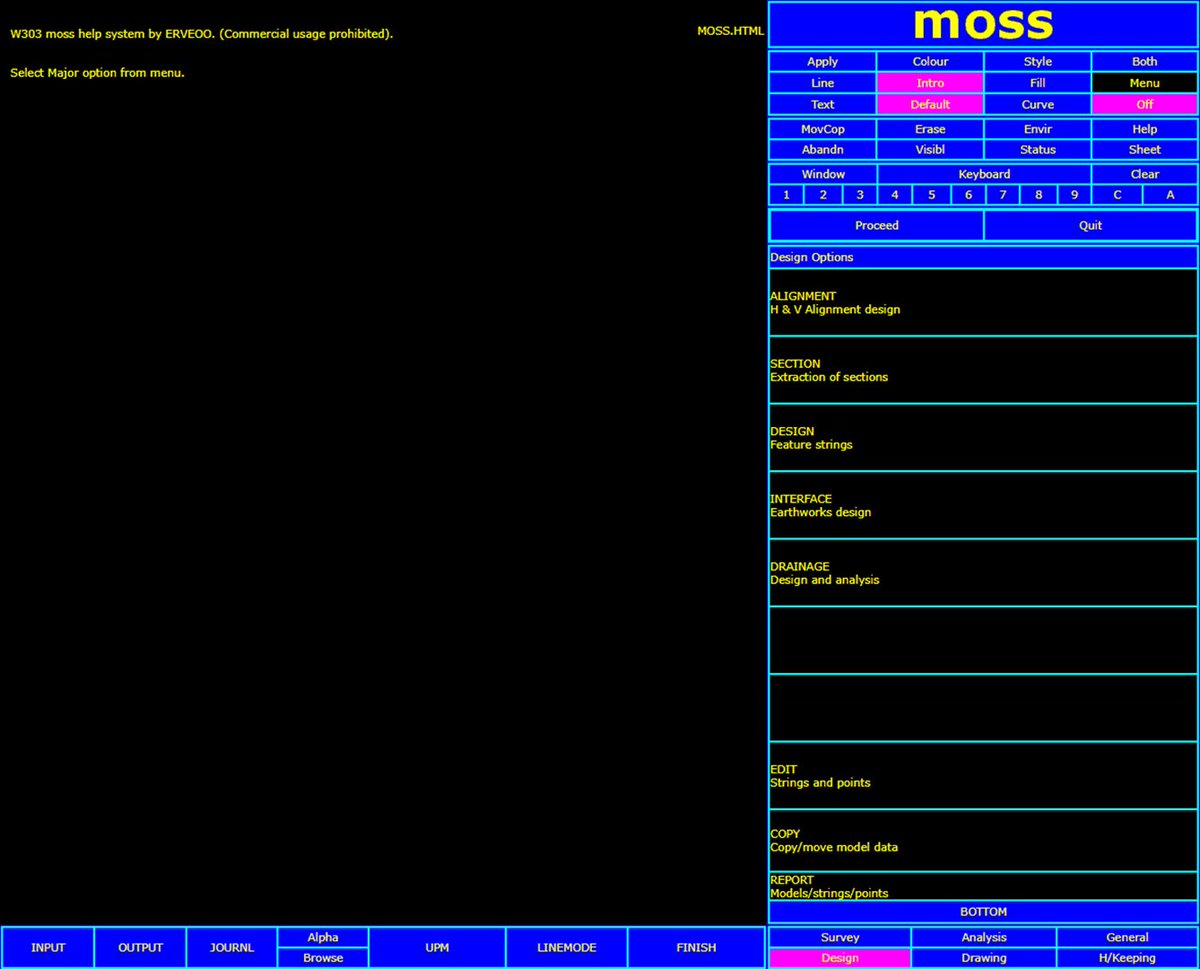
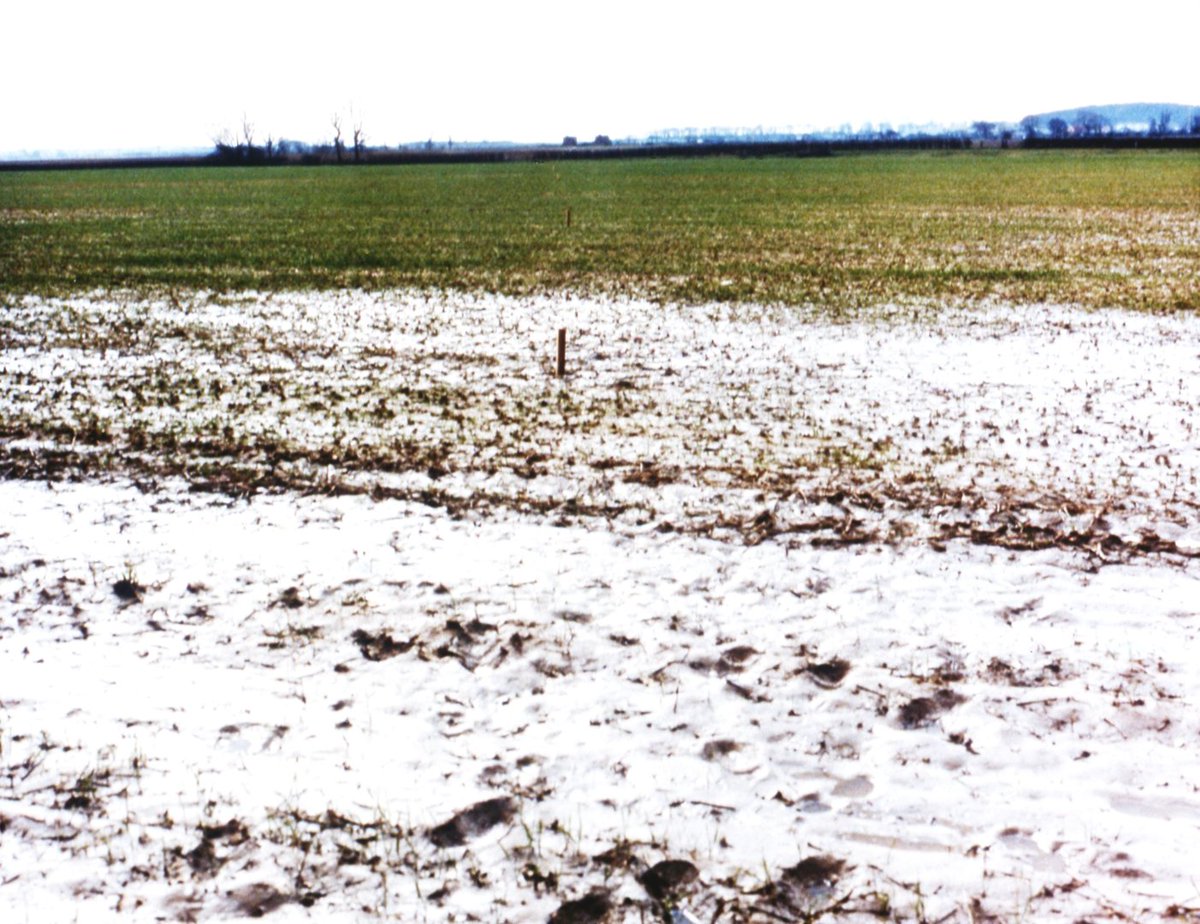
Reading through Hansard, it is clear that this was felt to be unduly rapid by Conservative MPs of the time: api.parliament.uk/historic-hansa…
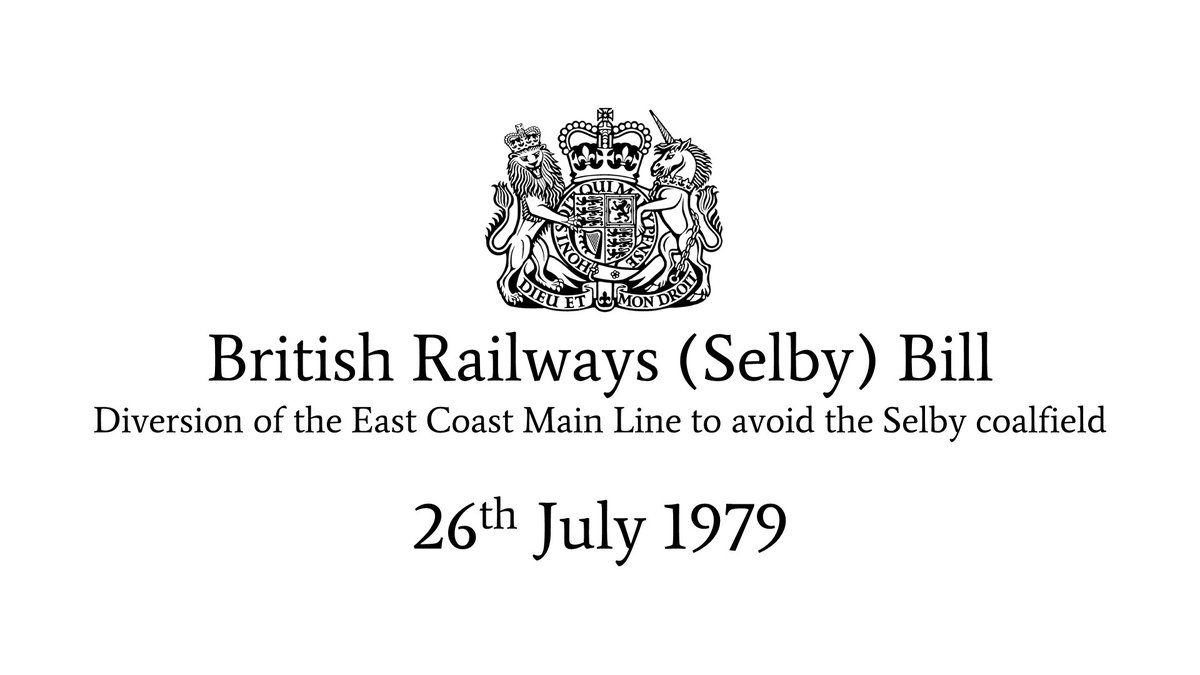
They were in a race against time to complete the haul road before the end of 1980 when winter frost would make the ground unworkable.
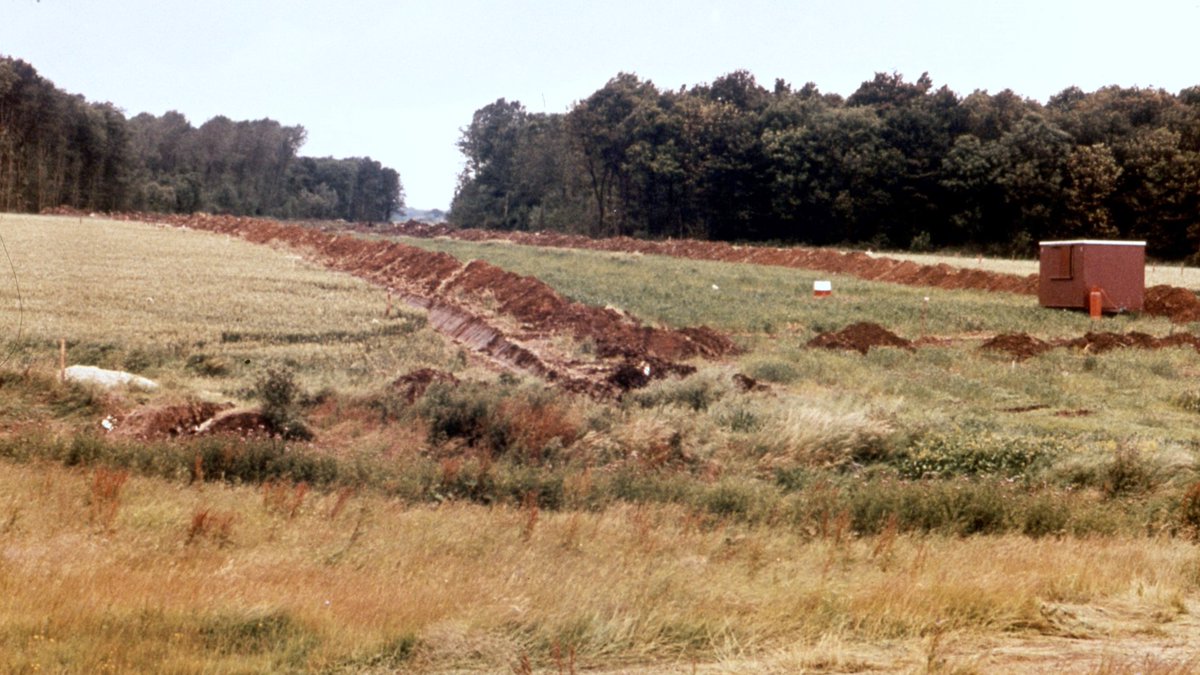
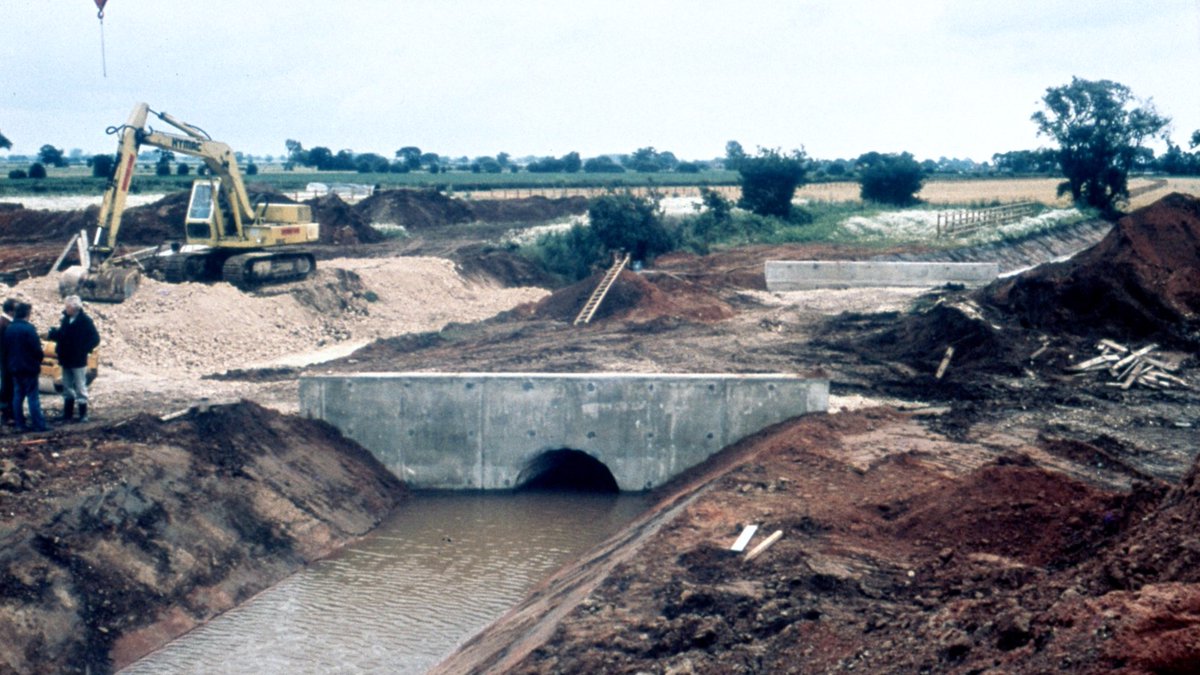
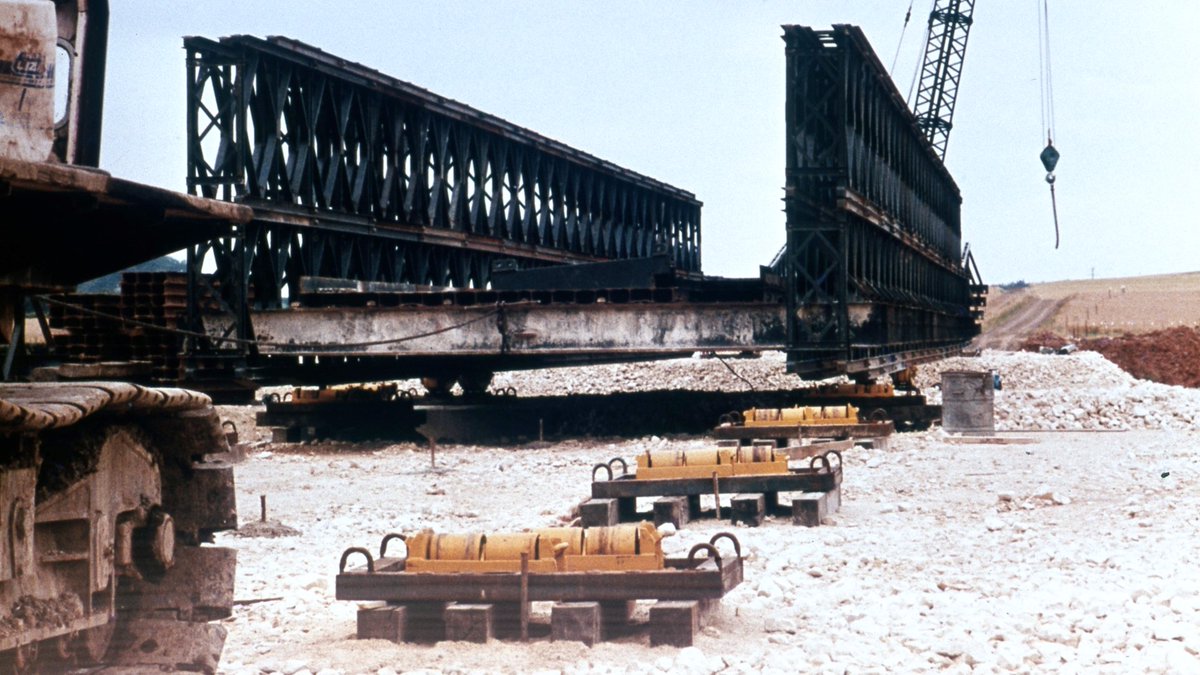
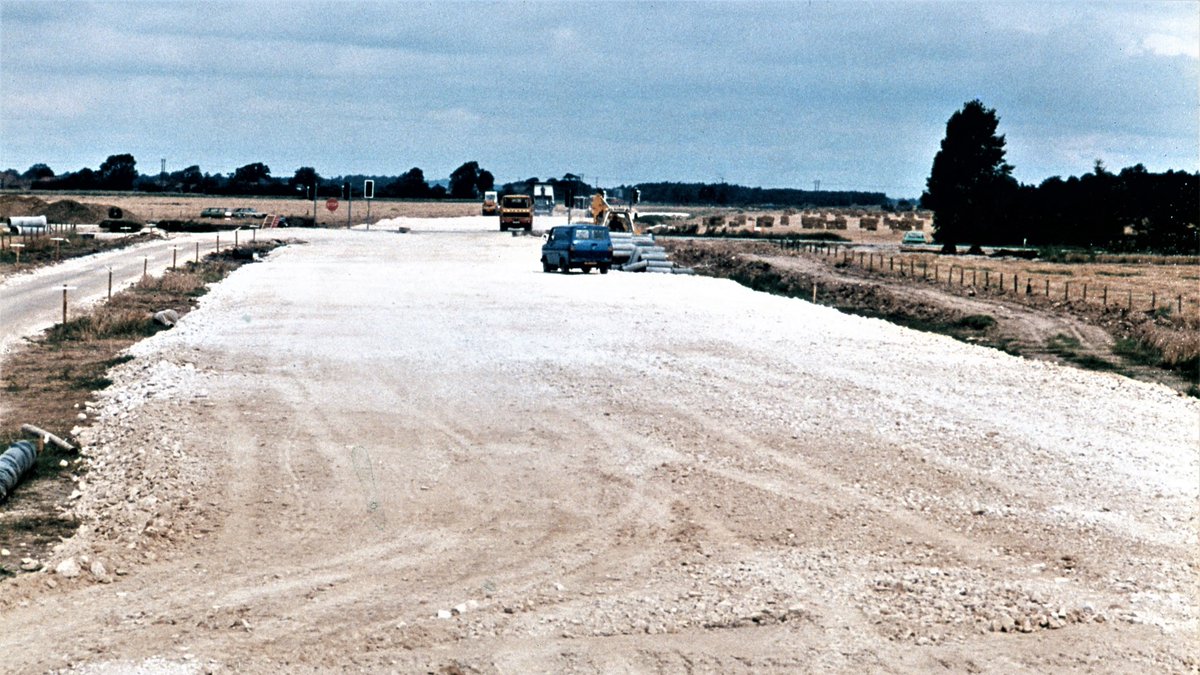
#RailwaysExplained
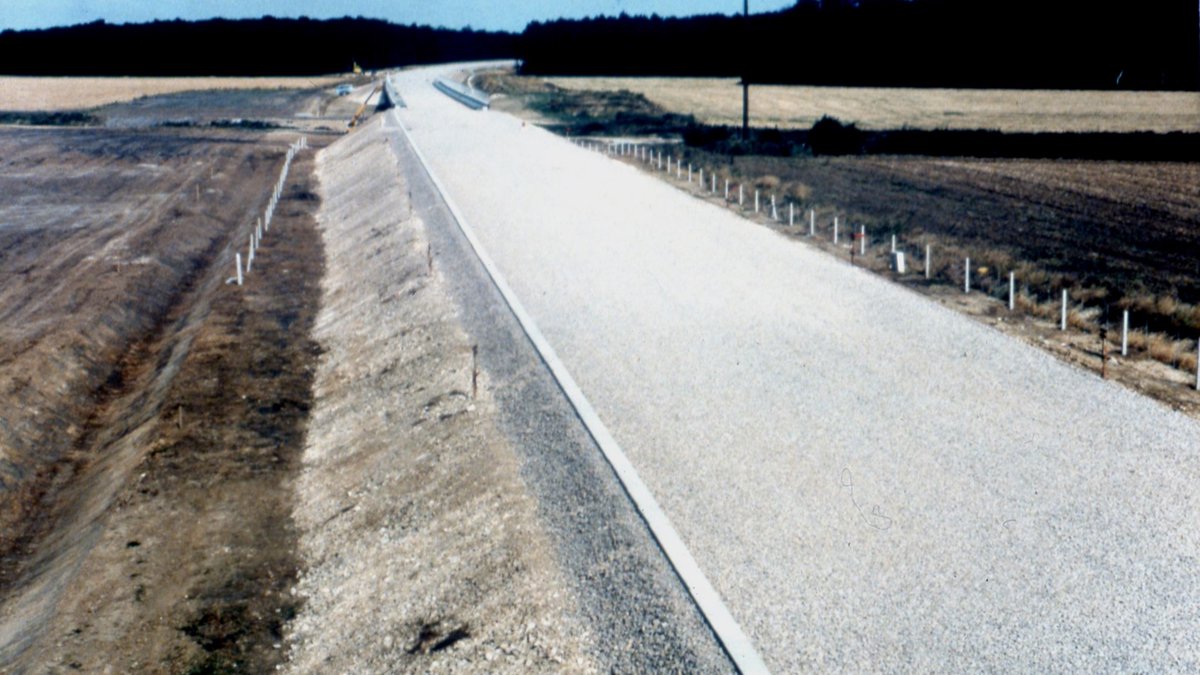
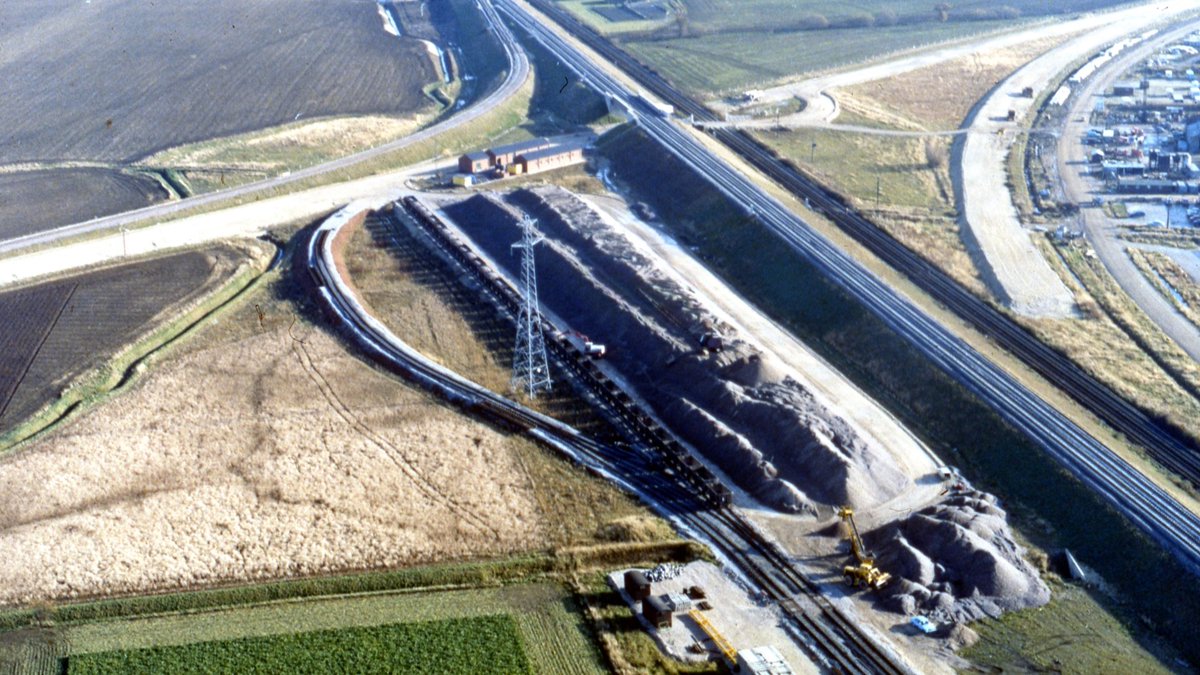
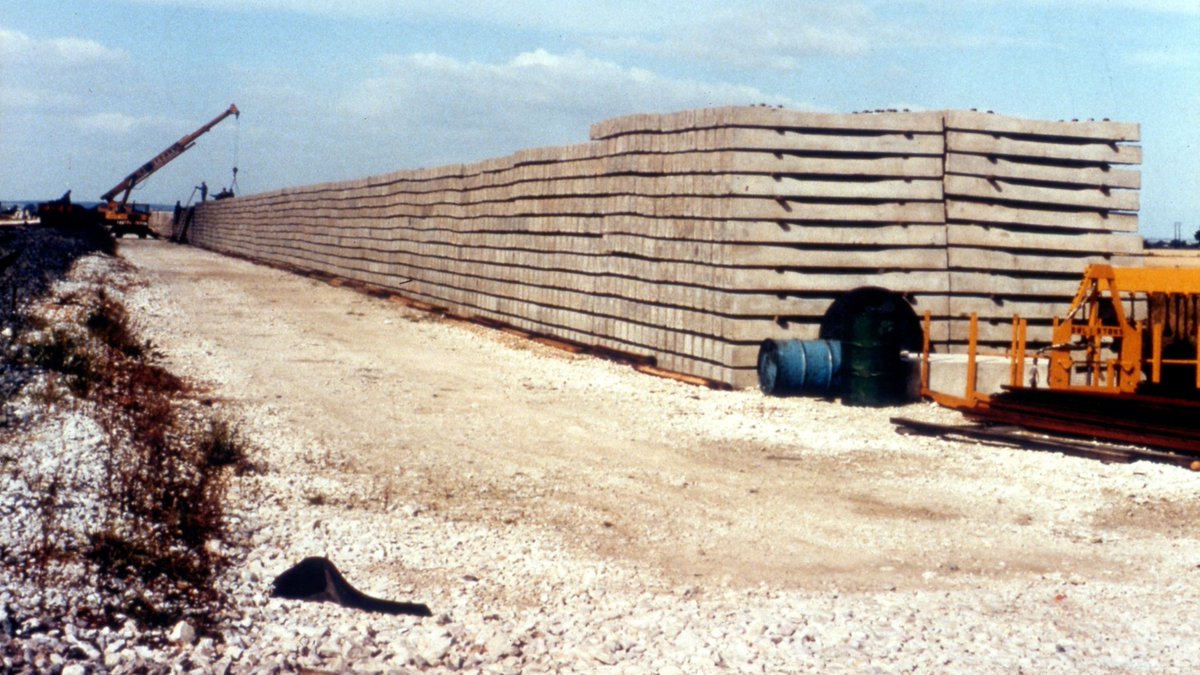
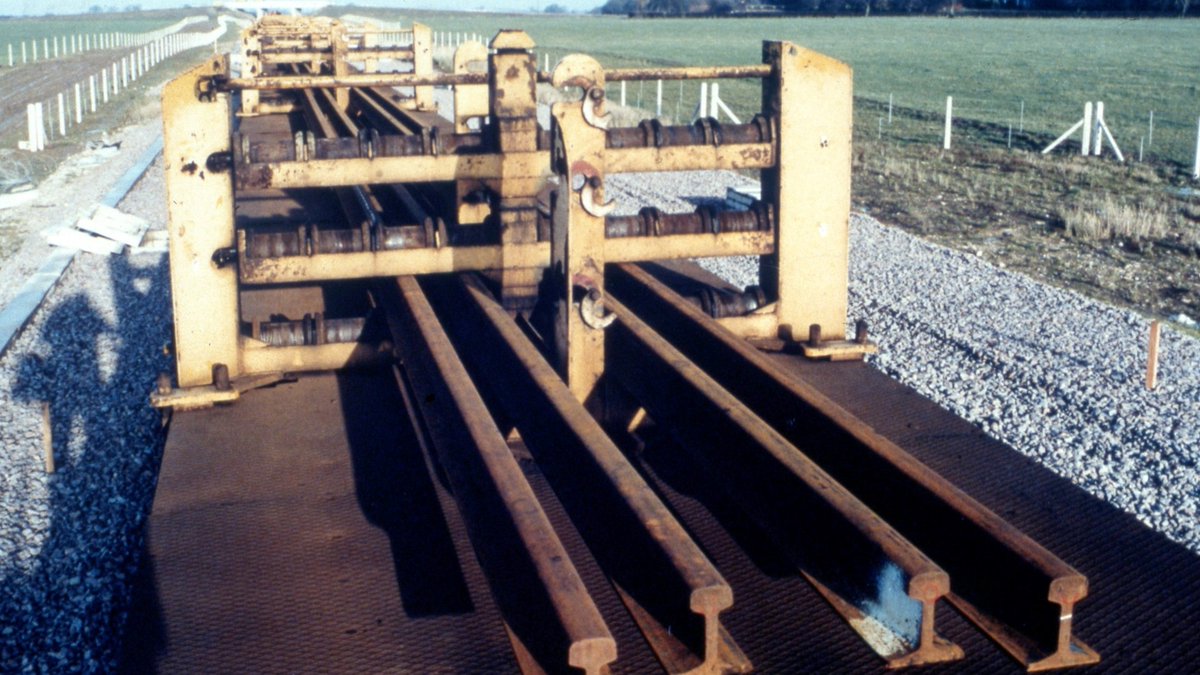
Many thanks to Hugh Fenwick who worked on the original project (spot him in a photo above) for sharing this incredible collection via @PWI_York.
